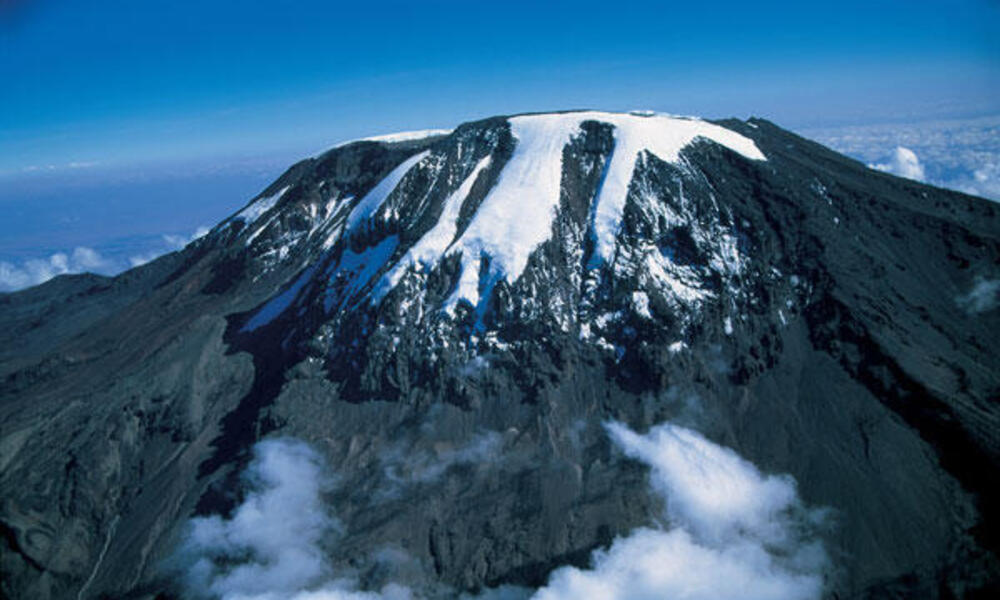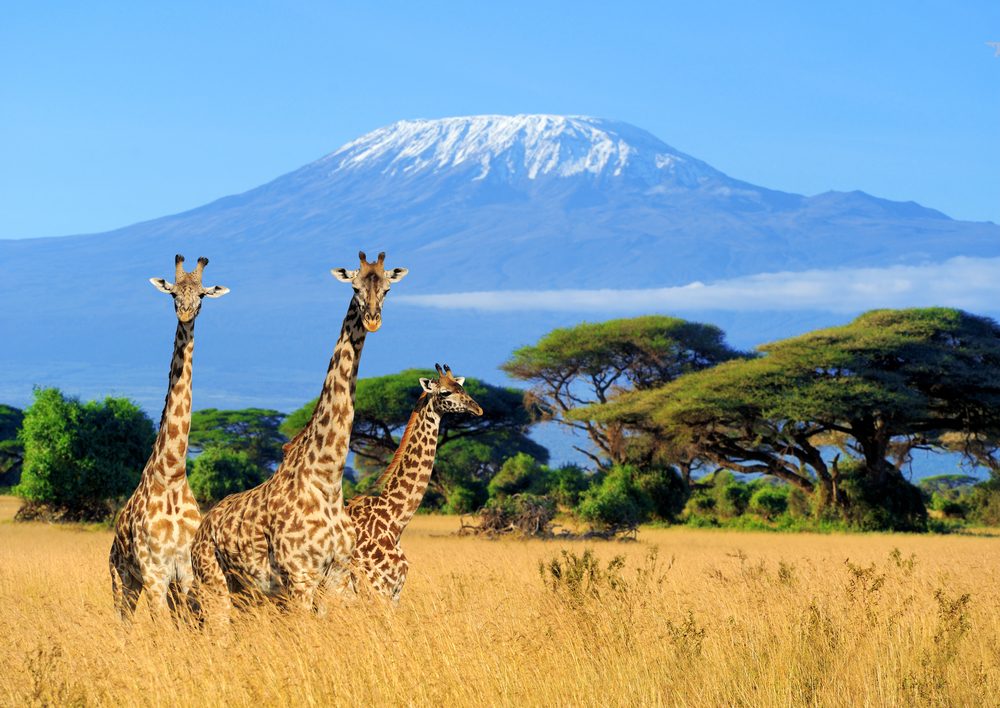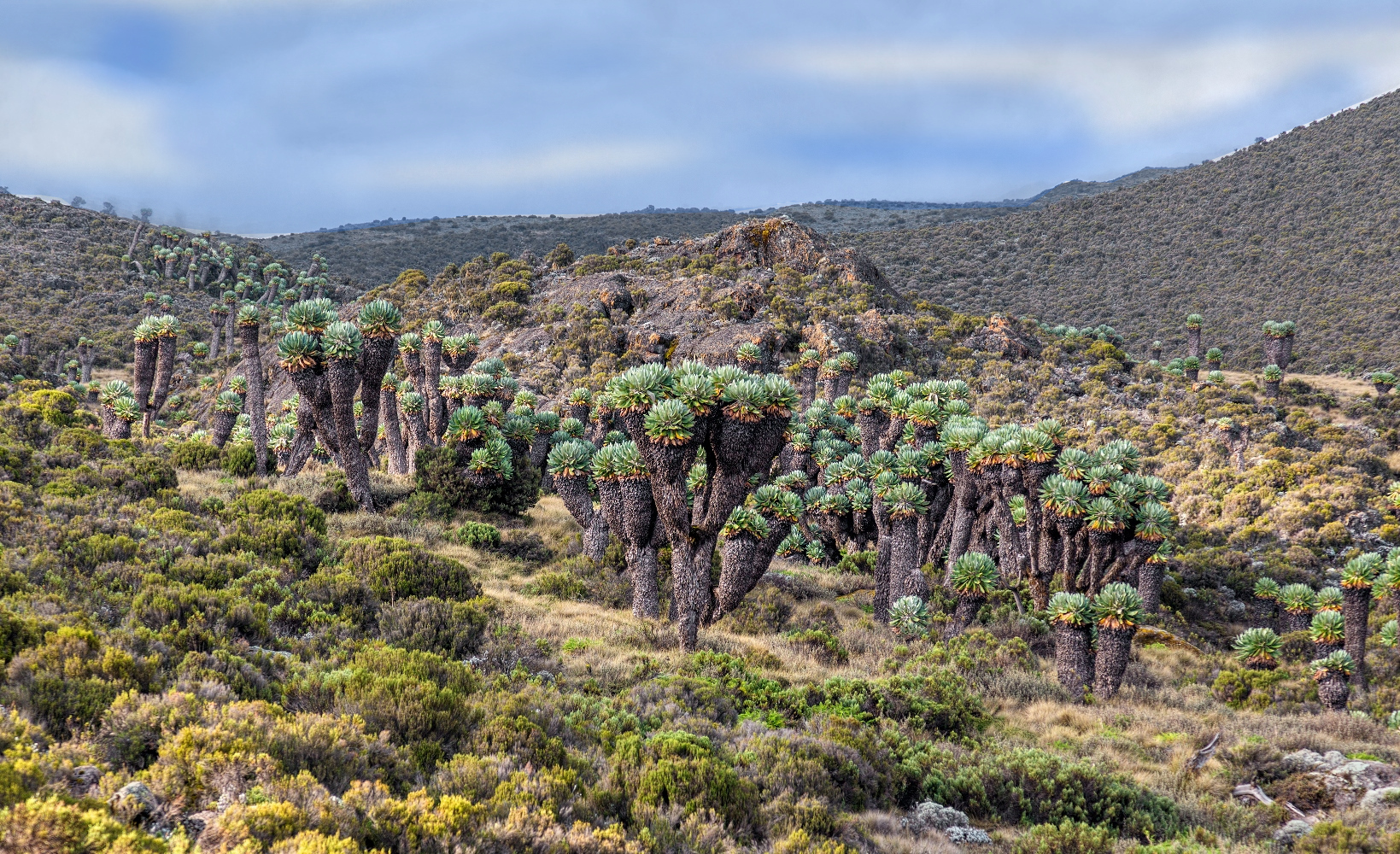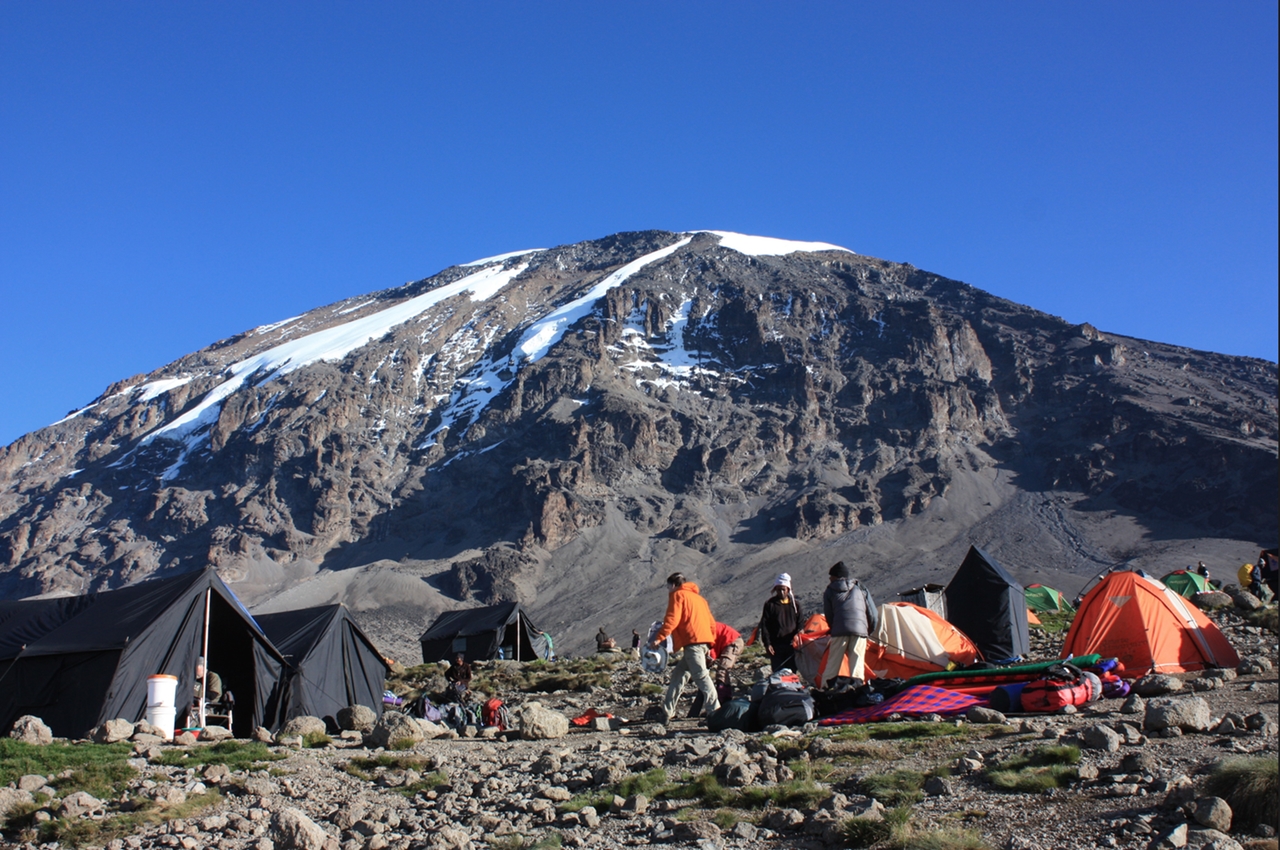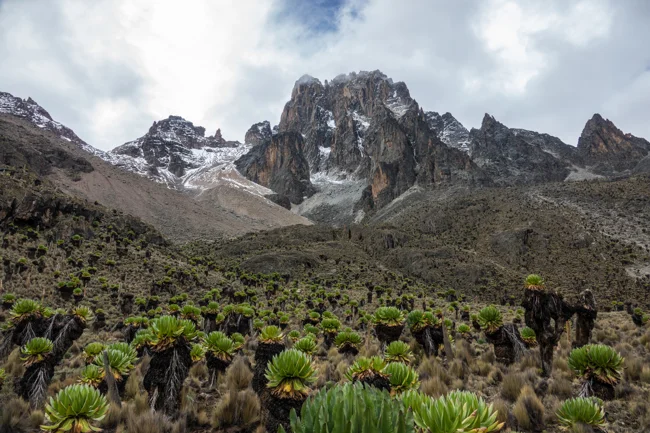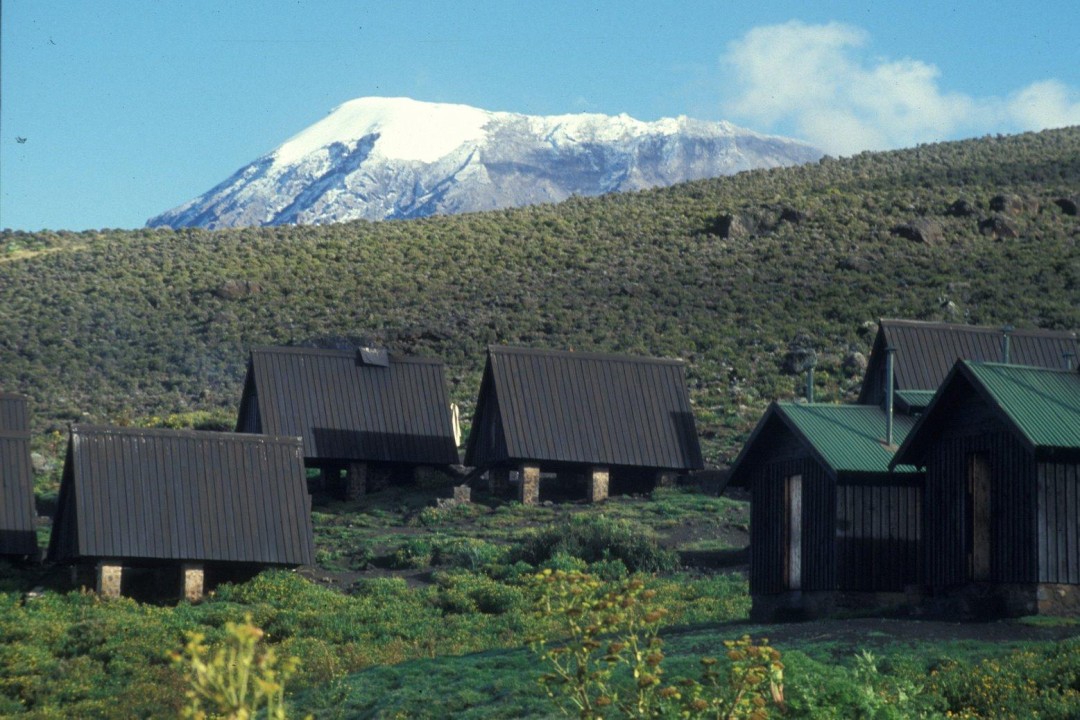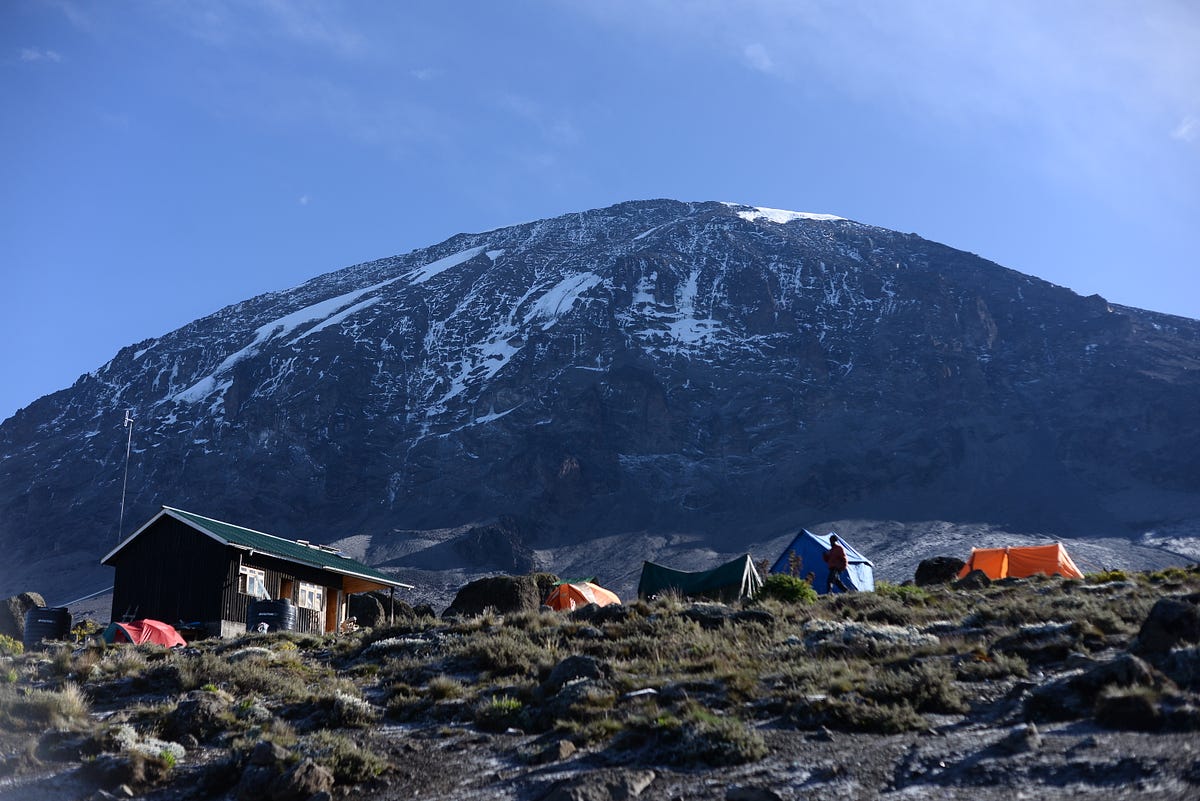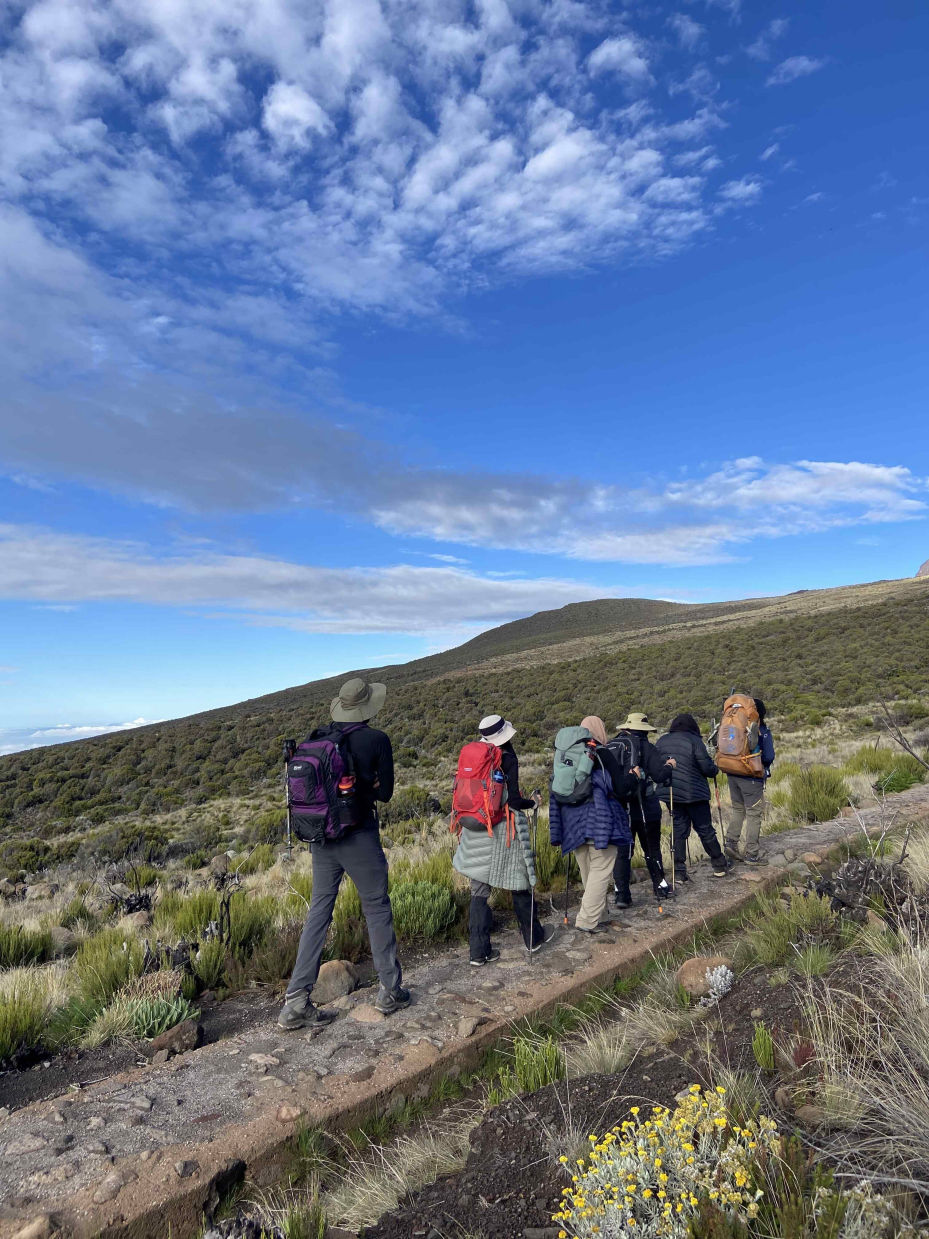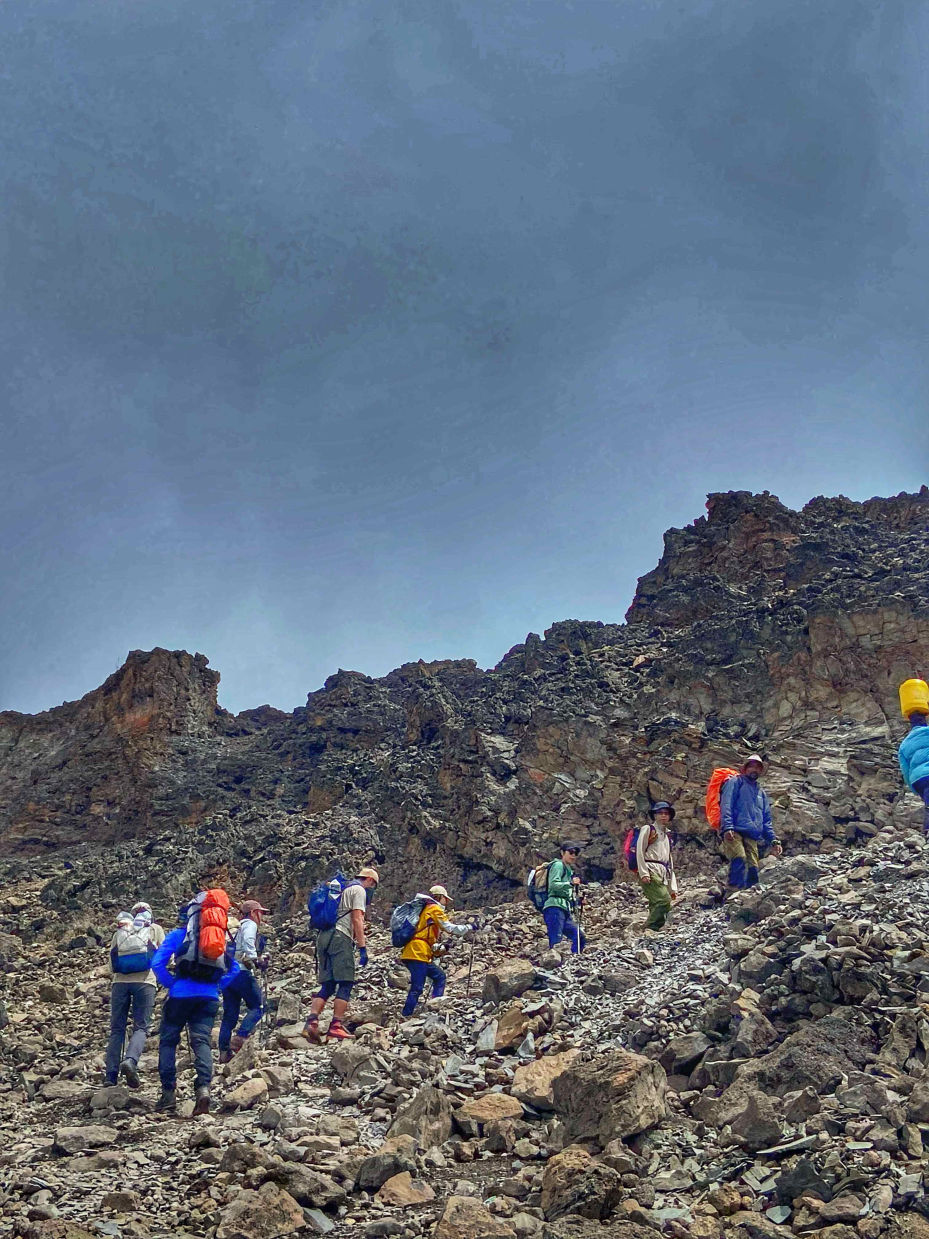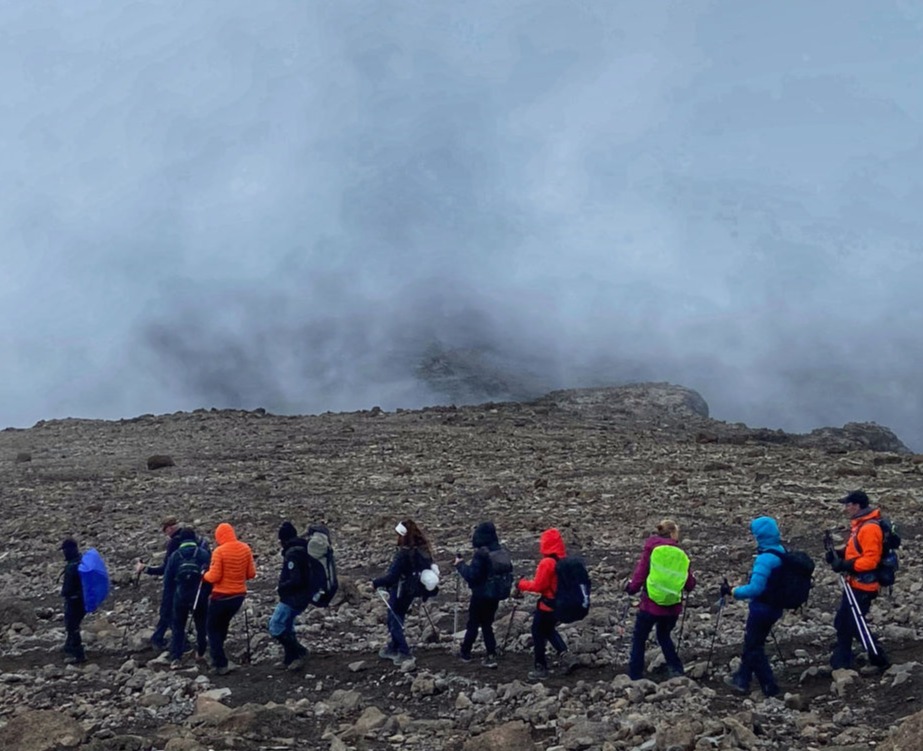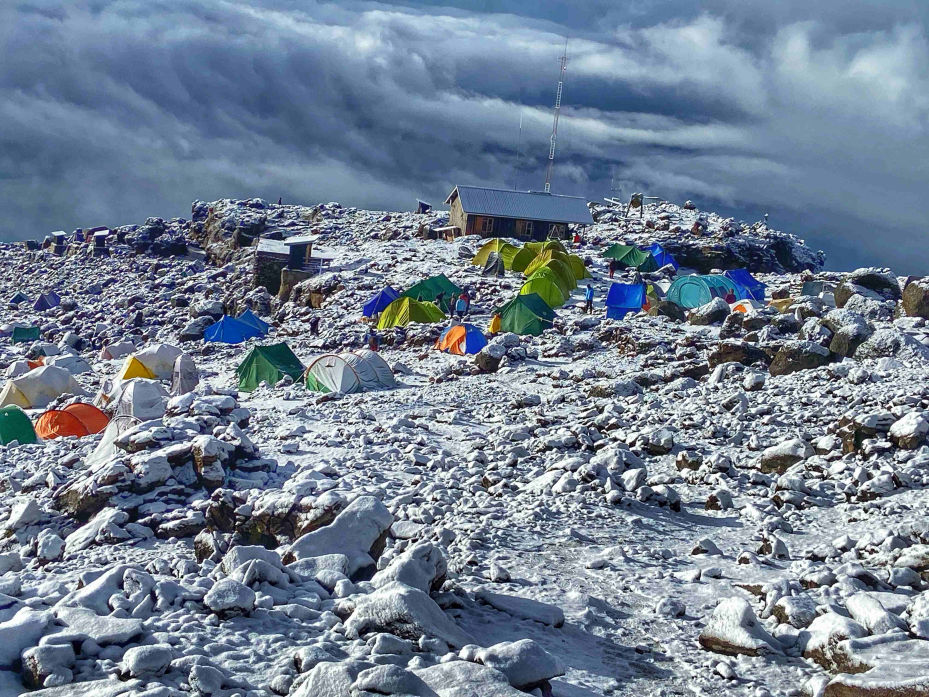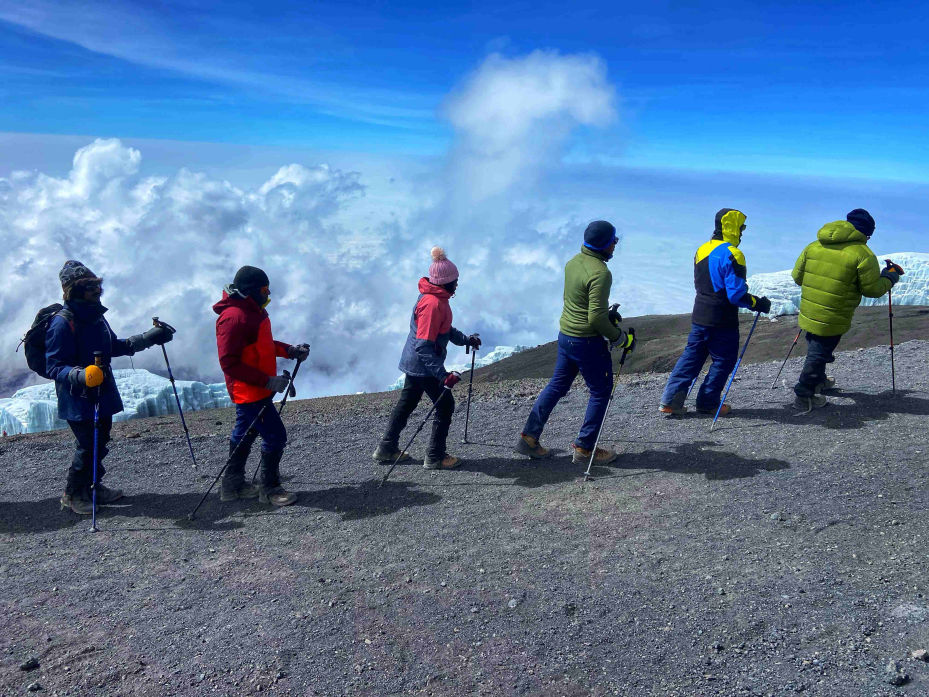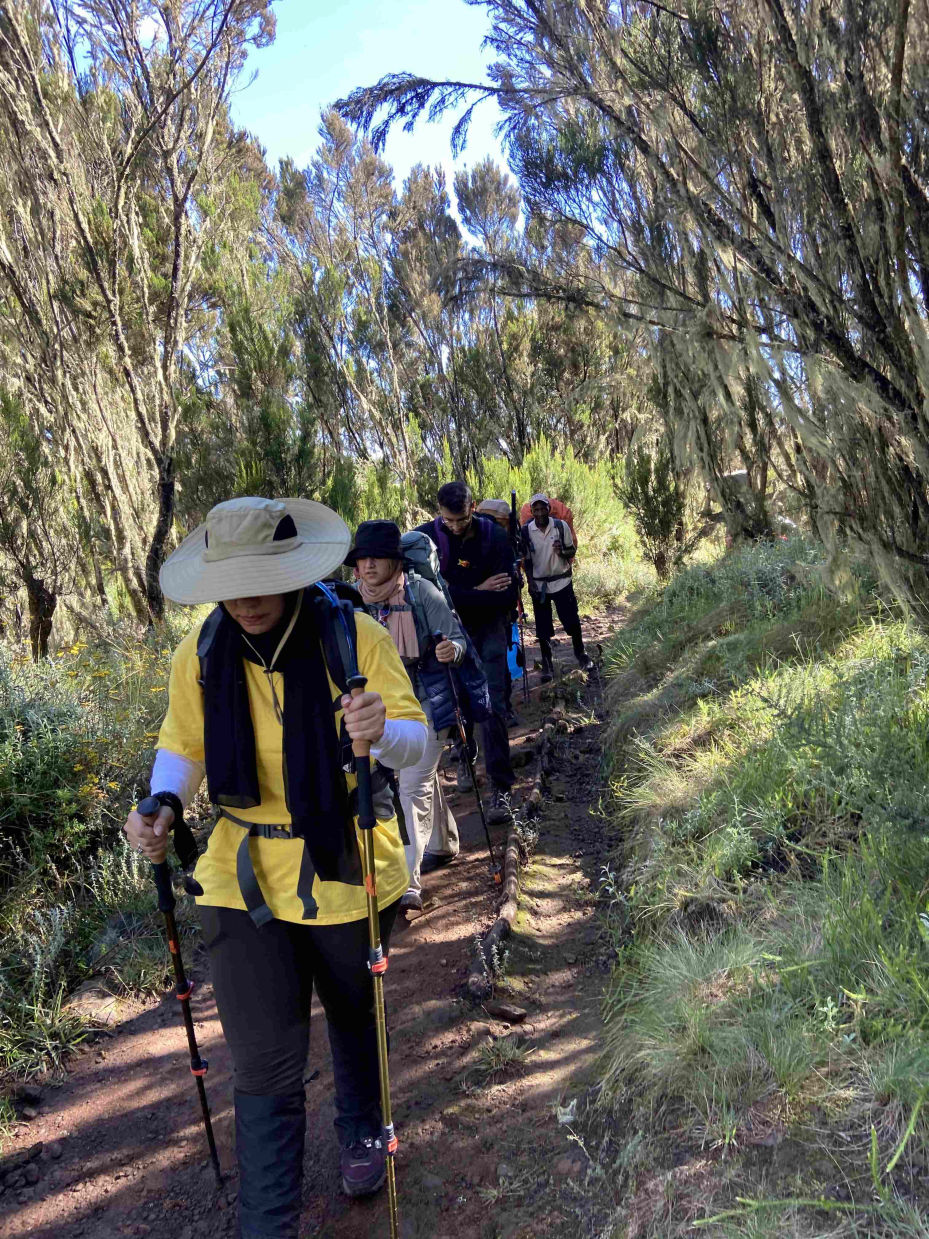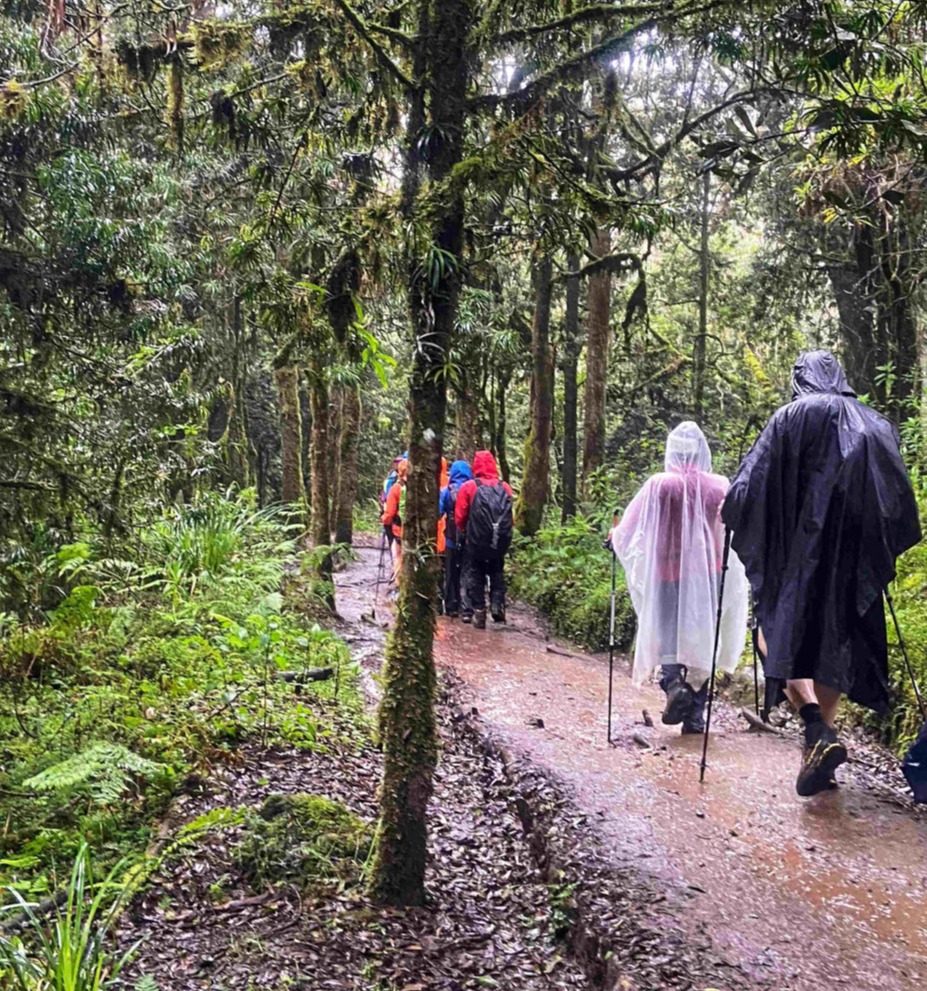Mount Kilimanjaro is Africa's tallest mountain at about 5,895 meters (19,340 feet). It is the largest free-standing mountain rise in the world, meaning it is not part of a mountain range. With its three volcanic cones, Kibo which is dormant and could erupt again but Mawenzi and Shira are extinct. Kilimanjaro is the fourth most topographically prominent peak on Earth. It is part of Kilimanjaro National Park and is a major hiking and climbing destination Mount Kilimanjaro supports a great diversity of plant and animal life." There are dense rainforests in the lower parts of the mountain. These rainforests provide habitat for many animals, plants, and insects
A dormant volcano, Kilimanjaro is notable as the highest free-standing mountain in the world, rising over 16,000 feet above its base on the plateau below, and also as the fourth most topographically prominent peak on Earth, after Everest, Aconcagua, and Denali
Outstanding universal value, Kilimanjaro National Park covering an area of some 75,575 ha protects the largest free standing volcanic mass in the world and the highest mountain in Africa, rising 4877m above surrounding plains to 5895m at its peak
The regional capital and largest city is the municipality of Moshi. With the 3rd highest HDI of 0.640 in the country, Kilimanjaro is one among the top five most developed regions of Tanzania.
There are seven established routes that lead to the summit of Mount Kilimanjaro:
Lemosho route – This is arguably the most beautiful Kilimanjaro route, and it's very popular. It begins on the western slope and then skirts around the south of Kibo Peak. You descend the mountain's southeastern slope via the Mweka route
The Machame route – is considered to be a moderately difficult trek, with varying terrain and elevation changes throughout the hike. It is rated as one of the more challenging routes to Mount Kilimanjaro due to its steep and rocky sections, as well as the Barranco Wall climb
The Umbwe route – is 53 km (33 miles) in total and can be trekked over five to seven days. It offers the shortest route up the mountain. The route starts its approach towards the summit from the south. The entire route is a short, steep and direct climb.
This route is a direct trail leading to the bottom of the mountain that exits Mount Kilimanjaro making a stopover at Mweka camp for resting halfway down the slopes of Mount Kilimanjaro. The Mweka Route is usually used as the preferred descent route for the Machame, Lemosho, Umbwe and Rongai routes.
The Marangu route – approaches the summit of Kilimanjaro from the southeast. Overall it's a relatively easy route, having very few steep climbs. But it doesn't let you acclimatize well, so trekkers using this route often develop altitude sickness and don't make it to the summit
The Marangu route approaches the summit of Kilimanjaro from the southeast. Overall it's a relatively easy route, having very few steep climbs. But it doesn't let you acclimatize well, so trekkers using this route often develop altitude sickness and don't make it to the summit.
The Rongai route – is considered to be one of the easier routes up Kilimanjaro. The climb is both gradual and steady. However, the Rongai Route does not have a great 'walk high, sleep low' profile which makes it arguably more difficult than the Machame or Lemosho routes in terms of acclimatization
